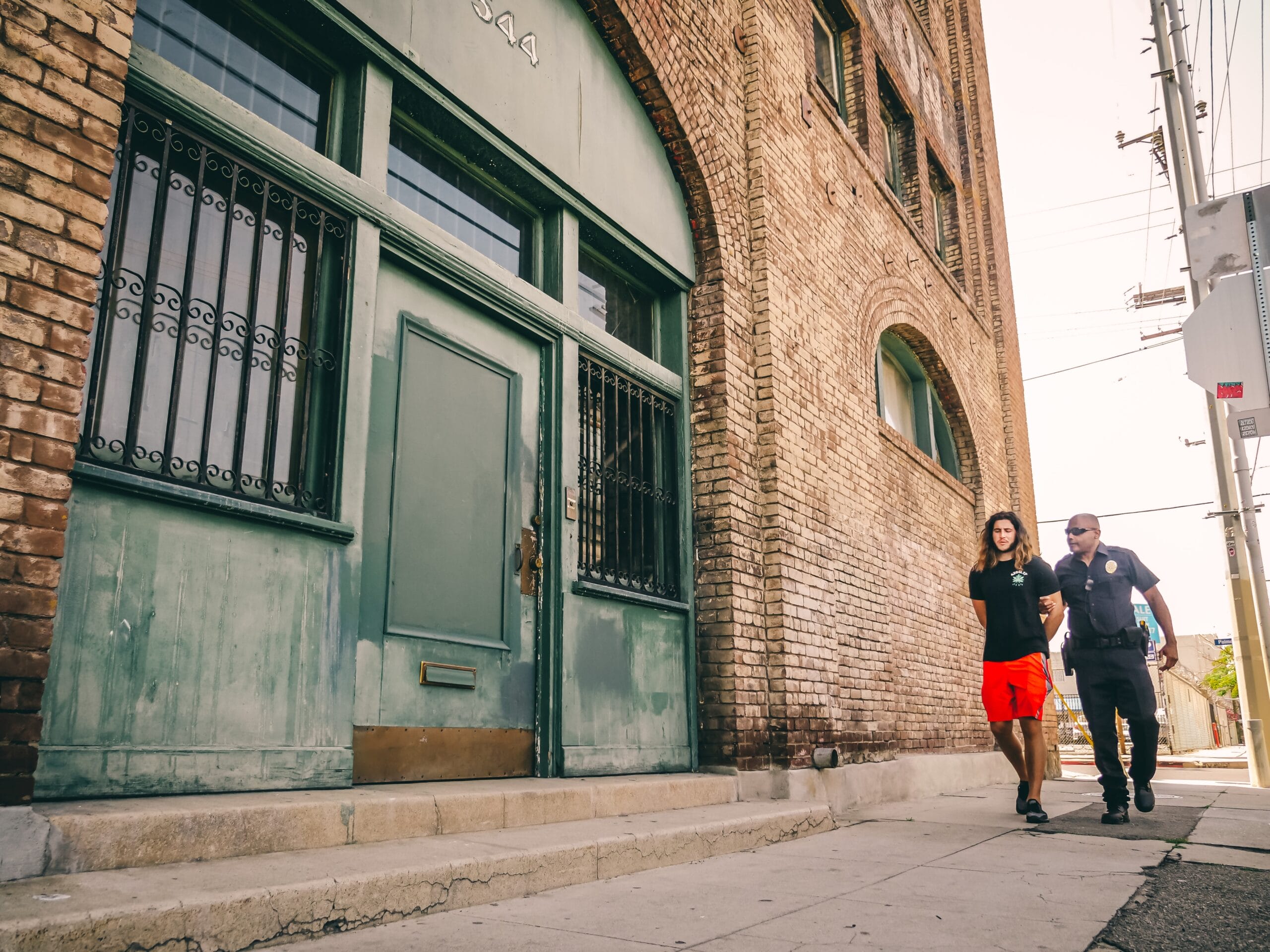Kentucky Is the Latest State to Adopt Rehabilitation Over Incarceration for Nonviolent Drug Offenders

Several states across the country have been revisiting certain laws enacted during the War on Drugs era, laws that resulted in harsh sentences for people convicted of nonviolent drug possession. Today, lawmakers are considering alternatives to incarceration for such offenders, like mandatory substance abuse treatment and addiction services.
Lawmakers in Kentucky passed a bill in 2022 that seeks to direct some drug offenders to treatment. The law, first introduced as Senate Bill 90, aims to reduce incarceration in the state by providing drug users with behavioral health services rather than jail time.1
What Does Senate Bill 90 Mean for Kentuckians?
To be clear, Senate Bill 90 is still considered a pilot program. The legislation authorized the establishment of several pilot behavioral health programs in at least 10 Kentucky counties. The programs are to be utilized by the Kentucky Supreme Court chief justice as places to send persons charged with certain low-level drug offenses.

The opening goals and mission statement of the legislation reads, “…to establish a behavioral health conditional dismissal pilot program beginning October 1, 2022, and continuing for four years to provide eligible individuals an alternative to receive treatment for a behavioral health disorder instead of incarceration, resulting in dismissal of the criminal charges upon successful completion of the program.” The pilot program ends on September 30, 2027. At that point, the council overseeing it must produce documented results for legislators to consider before the program is made permanent.
It’s important to note that not everyone with a drug offense will be eligible for the program. Only individuals charged with nonviolent drug crimes who are also determined to be addicted to drugs or alcohol are eligible. Such individuals will have their cases put on hold to go to treatment. In addition to providing addiction treatment services, the new program also aims to provide access to services like outpatient treatment, behavioral therapies, educational and vocational services, and housing assistance.
What Is the Scope of Crime and Recidivism in Kentucky?
Kentucky incarcerates 516 people for every 100,000 living in the state, a much higher incarceration rate than the national rate. According to the National Institute of Corrections, about 60% of Kentucky prisoners are locked up for nonviolent offenses – mostly drug-related offenses – an indicator of why the state recently moved to divert nonviolent drug offenders away from prison and toward effective addiction programs.2

Photo by Kindel Media/Pexels.com
The Bureau of Justice Assistance records about 104,000-112,000 property crimes in Kentucky annually, including 26,000 burglaries, 75,000 thefts, and 6,000 motor vehicle thefts. About 9,000-10,000 violent crimes occur in the state each year. Kentucky law enforcement officers perform about 178,000 arrests per year.3
Despite the high incarceration rates and low violent crime rate, Kentucky still posts a high recidivism rate. Recidivism refers to individuals who commit a crime, serve a jail or prison sentence for it, and then commit another crime after their release, ultimately leading to their re-incarceration. Unfortunately, Kentucky’s recidivism rate is about 29.5%, meaning the state’s criminal justice system is not working for almost one out of three individuals who go through it.4
The state must implement evidence-based and effective rehabilitation for offenders to ensure Kentucky offenders do not recidivate and continue to commit crimes.
The Need for Addiction Treatment Services for Drug Offenders
According to the National Institute on Drug Abuse, about 85% of America’s prison population is addicted to drugs and alcohol or was incarcerated for a crime involving drugs or drug use (approximately 65% addicted, approximately 20% in prison for drug-related crimes). Quoting NIDA researchers, “…providing comprehensive substance use treatment to criminal offenders while incarcerated works, reducing both drug use and crime after an inmate returns to the community. Treatment while in jail or prison is critical to reducing overall crime and other drug-related societal burdens—such as lost job productivity, family disintegration, and a continual return to jail or prison, known as recidivism.” Most critically, treating addicts in prison is also life-saving because offenders who don’t receive treatment are at extremely high risk for overdose and death following release.5
“Treatment while in jail or prison is critical to reducing overall crime and other drug-related societal burdens—such as lost job productivity, family disintegration, and a continual return to jail or prison, known as recidivism.”
When addicts go to prison, they experience a reduced drug tolerance, as they’re less likely to continue using substances while behind bars. If they don’t get help for their addiction while in prison, they’re likely to return to drug use upon release, and they’re likely to resume using the same quantities and potencies of drugs that they used before.
Unfortunately, addicts’ bodies can no longer tolerate high doses of drugs after an extended period of being off of such substances. That’s why their risks for overdose and death are so high. According to one report, 14.8% of all deaths among formerly incarcerated people between 1999 and 2009 were caused by opioid overdoses.
Despite those dire conditions, only about 5% of addicts who go through the prison system receive treatment. Ideally, offenders would be allowed to seek treatment as an alternative to jail time. But for those offenders who must go to prison, the institutions they are sent to must offer evidence-based and comprehensive treatment services for offenders.
When They Do Go to Prison, Drug Offenders Need Real Solutions
Kentucky is moving toward nonviolent drug offenders having a chance to seek treatment and get professional help as an alternative to jail time. However, many states still incarcerate nonviolent offenders whose only crime is possessing personal-use illicit substances.

When sent to prison, offenders who struggle with substance abuse must have access to services designed to help them safely come down from drugs and alcohol. Those services must also include educational programs that help offenders understand why they started using drugs and alcohol in the first place. Offenders need real help and tools, or they risk returning to drinking or drug use after they complete their jail sentence.
Only when offenders are offered evidence-based rehabilitation methodologies and services that help them create responsible, ethical, and meaningful lifestyles can they become upstanding, law-abiding members of society.
Sources:
- KS. “Corrections Impact Statement.” Kentucky Senate, 2022. apps.legislature.ky.gov
- NIC. “Kentucky.” National Institute of Corrections, 2019. nicic.gov
- BJA. “Publications.” Bureau of Journal Assistance, 2023. bja.ojp.gov
- TK. “Gov. Beshear, Department of Corrections Celebrate Second Chance Month,” Team Kentucky, 2022. kentucky.gov
- NIDA. “Drug Facts: Criminal Justice.” National Institute on Drug Abuse, 2020. nida.nih.gov




